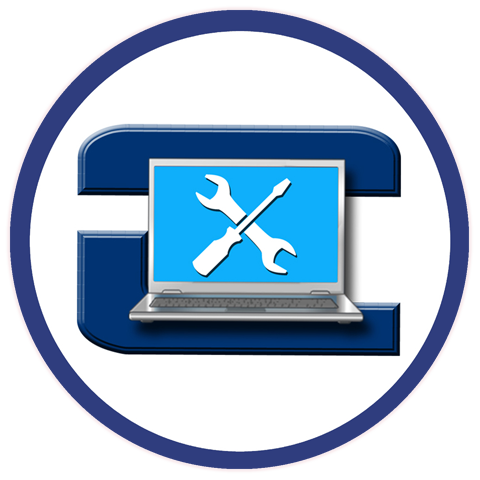Is your computer AI-ready? Let’s face it, AI is here to stay. Despite the challenges that come with it, there are also a lot of opportunities that AI brings for creativity. If you have been considering exploring AI tools like Topaz photo and video editing tools that run on your PC, you want to make sure that your computer can keep up with the processing demands of the tools you want to use. So, let’s go over some basic components to consider.

AI-Friendly Central Processing Unit (CPU)
Just like any other program, AI also has system requirements. It’s safe to say that the more processing power your PC has, the better. But if you must choose the bare minimum due to budget restraints, you can pick either an Intel i5 or an AMD Ryzen 5 CPU. But if budget is not a concern, then an AMD Ryzen 7 or Intel i7 CPU would be ideal. Of course, you can always go hire as your AI computing needs or professional needs demand. But for most users, any CPU higher than an AMD Ryzen 7 or an Intel i7 CPU may be overkill.
If you prefer a laptop over a desktop PC, then any laptop powered by the Intel Core Ultra Processor family, or the AMD Ryzen AI 300 processor series might be the best option for you. But with laptops, you lose the benefit of modular hardware that you can upgrade as needed. Whereas with a custom AI ready desktop PC, you lose the mobility, but you get more power and the flexibility to upgrade your PC’s components without having to buy a new PC.
AI-Ready Graphics Processing Unit (GPU)
If you plan on using Generative AI tools, invest more in a powerful GPU. The GPU is where most of the AI magic happens. So, you want to get a GPU with at least 8GB of RAM. AMD’s Radeon RX series graphics cards and Nvidia’s RTX series graphics cards would be sufficient for generative AI computing. You can spend anywhere from $250 to thousands of dollars on a graphics card. Again, it all depends on your use case scenario. There are other factors to consider, like RAM, network card speed, etc., if you want to build a well-rounded PC. You can also upgrade your current PC to give you the speed that you need to run AI creative tools. Check out this article for more information.
If you are considering a custom-built AI-friendly machine, and you live in the Vancouver Metro area, check out PC Rescue Wiz. We can discuss what you need and help you build the ideal machine for your AI computing, gaming, or productivity needs.








